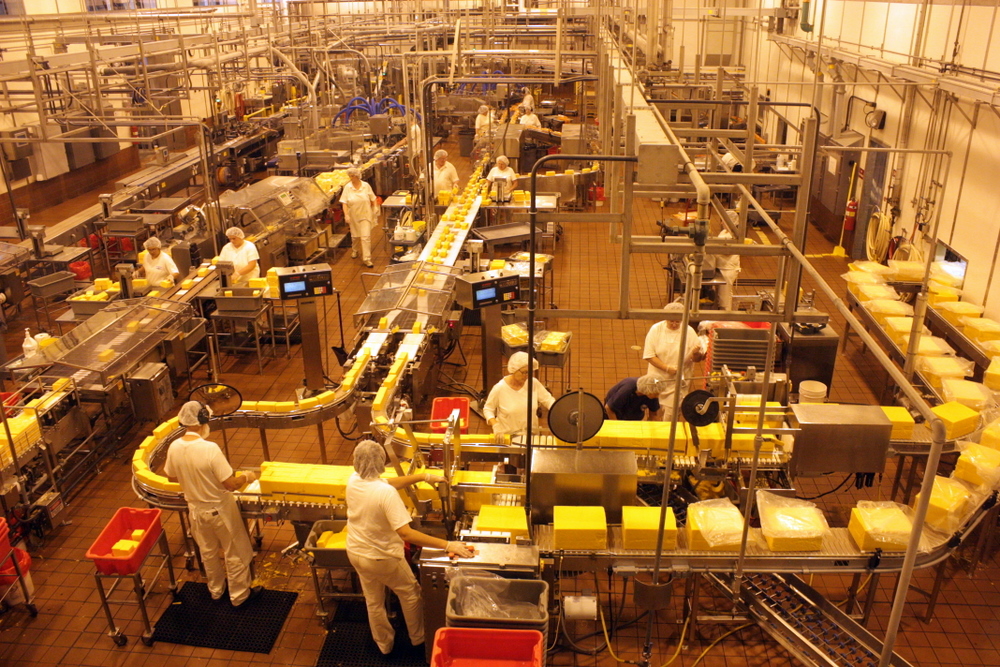 INFRA
INFRA
 INFRA
INFRA
 INFRA
INFRA
Over half of executives at 350 industrial companies said they expect the Industrial Internet of Things to have a significant or major impact on their industry within three years, but barely 2 percent have a clear vision for adoption or large-scale implementations underway, according to a new study.
The findings suggest that now is the time that innovative strategies can have the greatest leverage to vault early adopters ahead of their competitors. Accenture LLP predicts that the IIoT will add $14.2 trillion to the global economy by 2030.
The report, which was conducted by the Business Performance Innovation Network in cooperation with the marketing-focused CMO Council, Penton Media Inc.’s IoT Institute and software engineering firm Nerdery Interactive Labs, found that 55 percent of executives say IIoT is being adopted in their industries, but most are either just starting to implement the technology, have pilots underway or are still in the planning stages.
The largest number of IIoT investments will be directed toward new products and services, followed by customer-facing applications and manufacturing. Expected benefits include more cost-efficient operations (cited by 47 percent), product and service differentiation (36 percent) and improved customer engagement and satisfaction (34 percent).
Chief stumbling blocks are security and data privacy, followed by cost, complexity and the need for new skills. In addition to upgrading technical skills, organizations will need to improve their data integration and analytics capabilities and rethink business models, even though many aren’t well-equipped to do so, respondents said. Nearly two-thirds of the executives believe they face a “large” or “major” skill gap, with only about a quarter asserting that they have that issue under control.
The good news is that 47 percent say their companies have good or excellent capacity to develop and deploy applications that use connected industrial devices. A third say their skills in this area are moderate and improving.
The report cites tangible evidence of companies that are already seeing IIoT payoff. For example, Embraer SA, which is the world’s largest regional jet maker, has achieved 99.5 percent on-time performance thanks to a reduction in unscheduled maintenance issues. Incremental improvements and better connections between smart sensor networks is expected to boost the rate eventually to 99.9 percent.
TVH Parts NV, a provider of replacement parts for the materials handling and industrial equipment industry, uses remote diagnostics to cut the maintenance process from two steps to one, cut maintenance costs 30 percent and improve equipment availability by 70 percent.
But those companies are the exceptions. “The state of IIoT readiness at most companies is quite low,” the authors wrote. “The skills gap, limited applications and overall lack of connectedness threaten to overwhelm the optimism and enthusiasm that executives express.”
THANK YOU